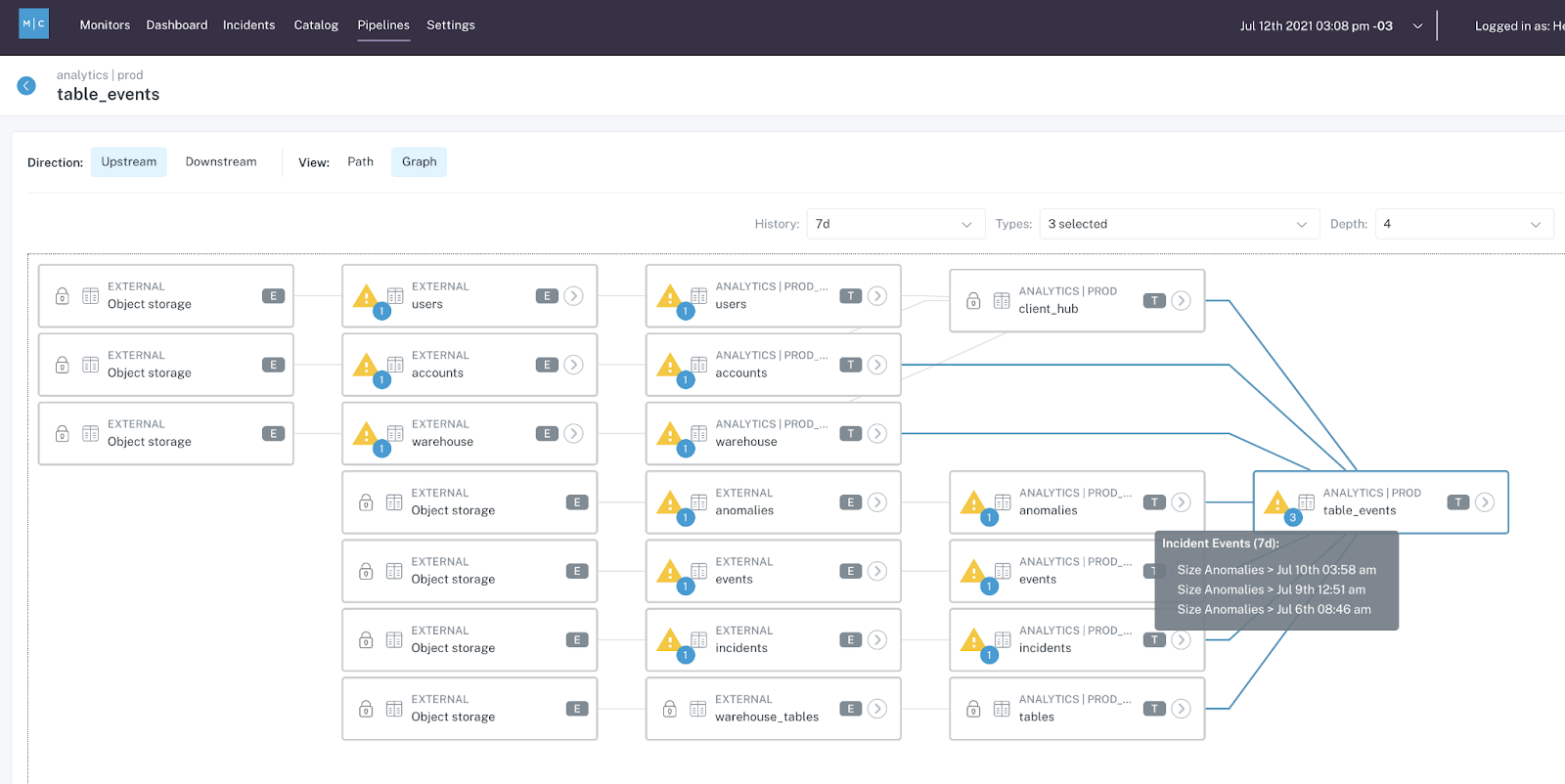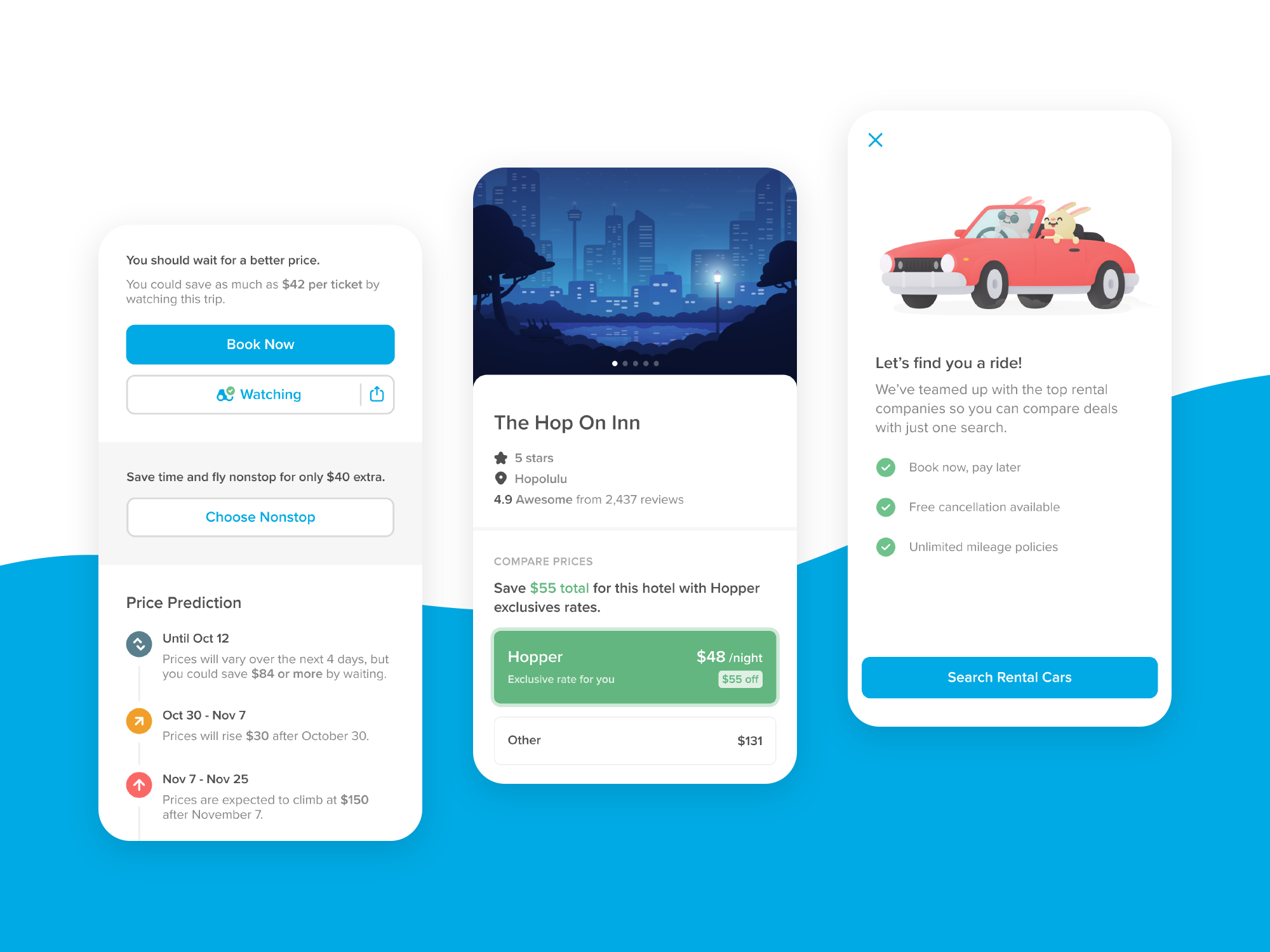News: GSK and R/GA Ventures are launching a health studio for startups
GSK Next, the innovation arm of GlaxoSmithKlein, is launching a new mentorship and business development program. Called the Re/Wire Health Studio, the program will eventually select six startups who will win access to nine weeks of mentoring, business development expertise, and cash grants. The Re/Wire Health Studio is designed for growth and early-stage startups focused
GSK Next, the innovation arm of GlaxoSmithKlein, is launching a new mentorship and business development program. Called the Re/Wire Health Studio, the program will eventually select six startups who will win access to nine weeks of mentoring, business development expertise, and cash grants.
The Re/Wire Health Studio is designed for growth and early-stage startups focused on “everyday health.” That means products that aid in detecting long-term health problems, incentivize proactive care, or help someone manage a condition, for example. Under the umbrella of “everyday health” the studio will work with startups applying everyday health principals to three areas of focus: oral health, mental resilience, or women’s health.
Companies from all over the world can apply, but they must be prepared to launch in the U.S. with a minimum viable product, or be ready to perform in-market development. Applications close September 20, 2021, and the full cohort will be announced in October.
The Re/Wire Health studio is a joint project between the GSK and R/GA Ventures – which will act as the Studio’s operational partner and help select the cohort.
TechCrunch spoke with Nick Tate, the Vice President of Global Digital Innovation at GSK Consumer Healthcare and head of GSK Next, to talk about what he looks for in a startup, what selected companies will gain from participation, and the types of projects he’s excited to hear more about.
This interview has been condensed and lightly edited for clarity.
TechCrunch: Just to start off, I’d love to have you expand on what you’re looking for in applicants to the GSK Re/Wire Health Studio. What are two or three things are you looking for?
Tate: GSK consumer healthcare is extremely ambitious when it comes to our consumers, the science we are trying to drive and the solutions we are trying to create. One of the big things we look out for is people who really have got an ambition to make a significant positive dent on the world, and have surrounded themselves with people to create that energy.
Drive and excitement is one aspect of it. Then there’s technical capability. We’re looking for companies that are prepared to launch in the US with at least a minimum viable product in service or in-market.
The reason for that is [Re/Wire Health Studio] is about taking a service or a platform and saying: How can we genuinely help? How can we deliver value so these propositions can really live in the world and make an impact on everyday health?
TechCrunch: What are the hard and soft skills you want to see in a leadership team?
Tate: I think we’re looking for people who have that rare mix of ambition, and reality. You can look at their proposition and believe they’re excited about it – but as we all know [running a startup] is very hard stuff. The ability to be data driven in how they look at propositions is important.
And it’s absolutely important that the consumer experience is at the heart of what they do. Putting ‘care’ into everyday healthcare is incredibly important to the sorts of propositions we think are going to make a tangible difference today and into the future.
TechCrunch: What are two or three things that you hope companies will gain from participating?
Tate: I’d want them to have a genuine understanding of route to scale and what that means. At GSK I think we’re in a really unique position to offer a real perspective on what it takes to have a proposition that can travel.
I’d also want them to leave with a better understanding of themselves, their business, their business model, and what it takes to succeed in the market.
The last 18 months have taught us amazing things do happen when partnerships really work. I’m excited about bringing this understanding of what it takes to really make something global through GSK.
TechCrunch: What elements do GSK and R/GA Ventures each bring to the Re/Wire Health Studio?
Tate: From a GSK perspective, we think about what it takes to get into the market in a very changing and dynamic environment of everyday health. We think about manufacturing, regulatory processes, designing for the right kind of outcomes, and of course the science – that’s what we’re known for.
These are things a business needs to think about down the line, but they don’t have the bandwidth to consider right now. These are very specific skills that the GSK does day in and day out with our existing brands that we think are incredibly important for startups to consider.
From an R/GA perspective, we talk about this notion of creative capital. They’re bringing this team of award winning strategists, technologists, designers, and consultants because we know that a business is just more than a brand, a product is just more than one interaction.
TechCrunch: I like to hear you expand a bit on why Re/Wire Health Studio is interested in propositions related to oral care, mental resilience and women’s health. Why did you highlight those three focus areas?
Tate: Beyond the expertise we believe we can bring to the table today, we see all of these areas as extremely exciting unmet needs with the ability to create a genuine impact on people’s everyday health.
They address multiple issues for consumers across the world (both today and tomorrow) and will fundamentally be emboldened by better data, insights, and human-centric solutions.
TechCrunch: When was the last time you were really blown away by a pitch or proposition? What really made it stick in your head?
I think, without naming and particular names, it’s when people have really taken a proposition and turned it on its head. Or, the nature of their endeavor is just so ambitious.
We’ve all been in those meetings where you meet people and you’re like ‘my goodness, what you are trying to achieve is absolutely incredible.’ I take a lot away from people from purpose, ambition, drive and the audacity to try something.
What I find so incredibly exciting about everyday health is that there’s nothing more important than it, and it’s one thing we tend to sleepwalk through. When it’s all said and done, you don’t sit on your deathbed wishing you had slightly different luggage or a nicer watch, you wish you had probably taken better care of your health.
So when I meet startups who have an ambition to solve those sorts of problems for people all around the world, the hairs at the back of my neck go up. I get incredibly excited about working with those types of people.





